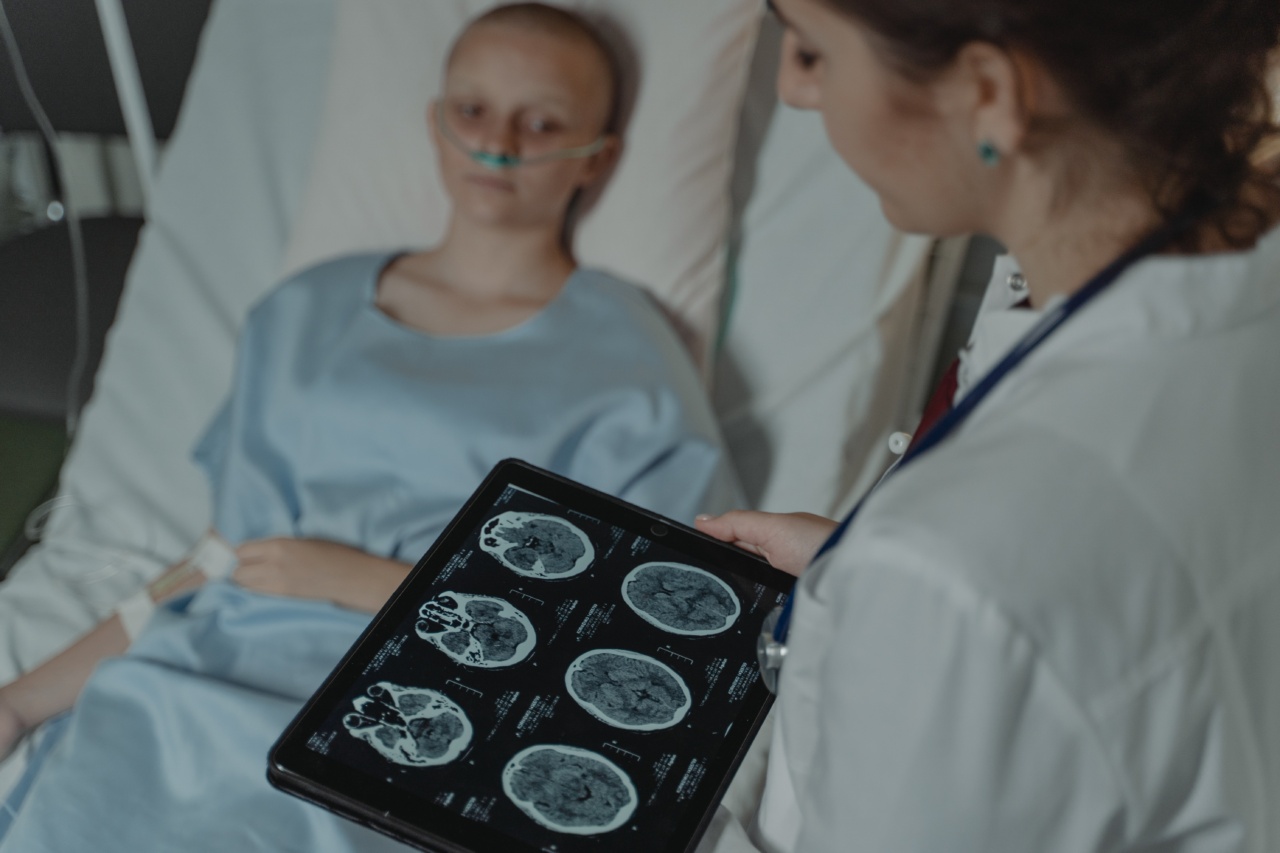Glioblastoma, also referred to as grade IV astrocytoma, is a highly malignant brain tumor. It is the most common and aggressive form of brain cancer, accounting for approximately 15% of all brain tumors and 50% of all astrocytoma cases.
Despite advances in treatments like surgery, radiation therapy, and chemotherapy, glioblastoma remains an intractable disease with a poor prognosis.
What Causes Glioblastoma?
The exact cause of glioblastoma is not known. However, it is believed to be a multifactorial disease resulting from a combination of genetic and environmental factors. Some of the risk factors associated with glioblastoma include:.
- Age: Glioblastoma is most common in adults over 50 years old.
- Gender: Men are more likely to develop glioblastoma than women.
- Exposure to ionizing radiation: People who have received radiation therapy to the head or neck area are at a higher risk of developing glioblastoma.
- Family history: Individuals with a family history of brain tumors may be at an increased risk of developing the condition.
Symptoms of Glioblastoma
The symptoms of glioblastoma can vary depending on the location and size of the tumor. Some of the most common symptoms include:.
- Headaches
- Nausea and vomiting
- Seizures
- Weakness or numbness in one side of the body
- Changes in vision or speech
- Personality changes
- Cognitive impairment
- Difficulty with balance and coordination
Diagnosis of Glioblastoma
Diagnosis of glioblastoma usually involves a combination of imaging tests and a biopsy. Some of the imaging tests used to diagnose brain tumors include:.
- Magnetic resonance imaging (MRI)
- Computed tomography (CT) scan
- Positron emission tomography (PET) scan
- Single-photon emission computed tomography (SPECT) scan
A biopsy involves removing a small sample of the tumor tissue and examining it under a microscope to determine if it is cancerous. The biopsy also helps to determine the grade of the tumor and the extent of its spread.
Treatment of Glioblastoma
The treatment of glioblastoma usually involves a combination of surgery, radiation therapy, and chemotherapy.
Surgery is used to remove as much of the tumor as possible, while radiation therapy and chemotherapy are used to kill any remaining cancer cells.
However, due to the aggressive nature of glioblastoma, it is often difficult to remove the entire tumor. Additionally, the blood-brain barrier can limit the effectiveness of chemotherapy.
Prognosis of Glioblastoma
The prognosis for glioblastoma is generally poor, with a median survival time of only 14.6 months.
However, the length of survival can vary widely depending on various factors, including the size and location of the tumor, the age and overall health of the patient, and the effectiveness of treatment.
Research and Developments
Despite the high mortality rate associated with glioblastoma, researchers are continually looking for new and better ways to treat the disease. Some of the current research areas include:.
- Developing new drug therapies
- Understanding the genetic mutations that lead to glioblastoma
- Investigating the role of the immune system in fighting glioblastoma
- Using stem cells to repair damaged brain tissue
Conclusion
Glioblastoma is a highly malignant brain tumor that is challenging to treat. While there have been some recent developments in treatment and research, the prognosis for patients remains poor.
It is essential to understand the symptoms and risks associated with glioblastoma and to seek medical attention as soon as possible if symptoms present themselves.































